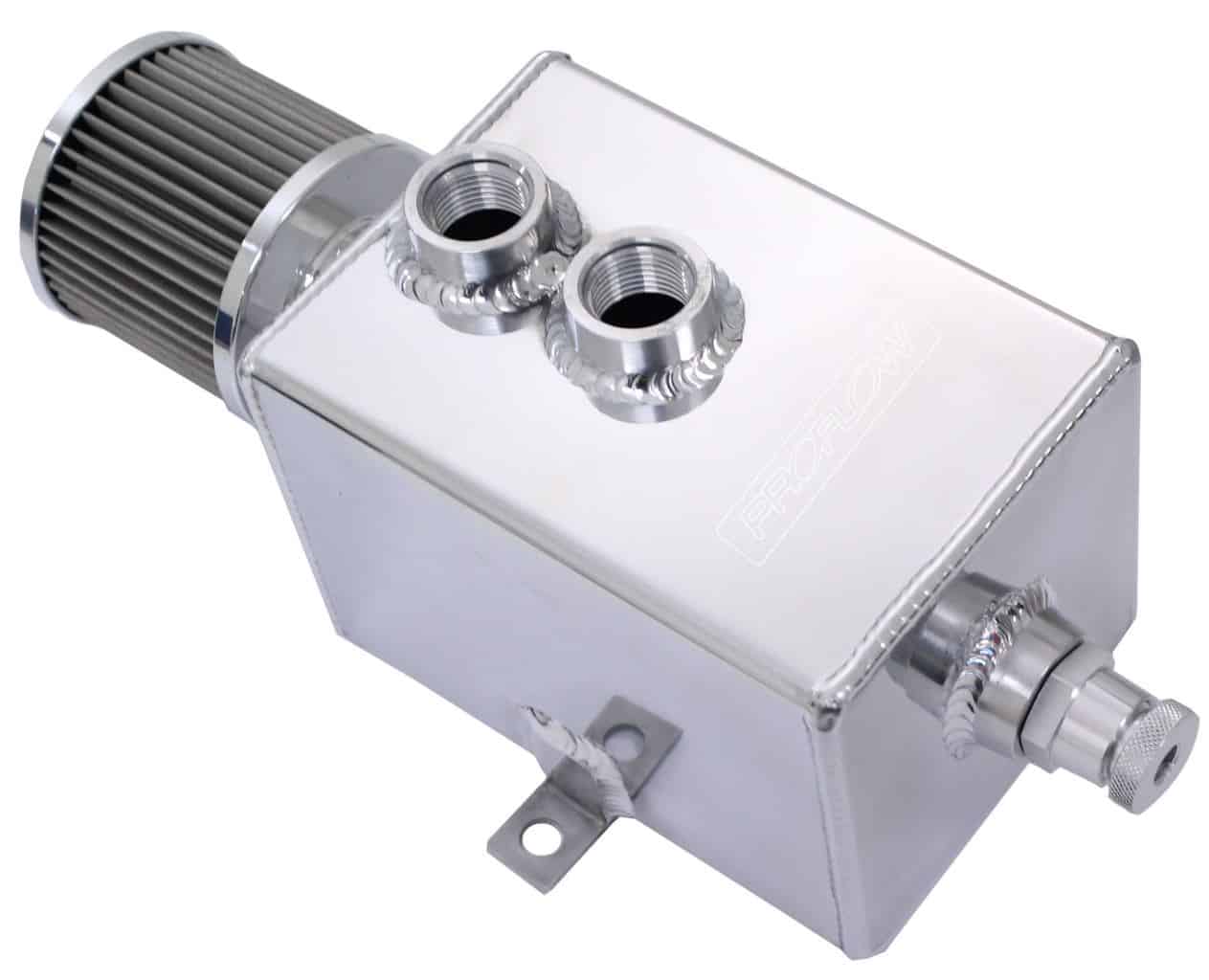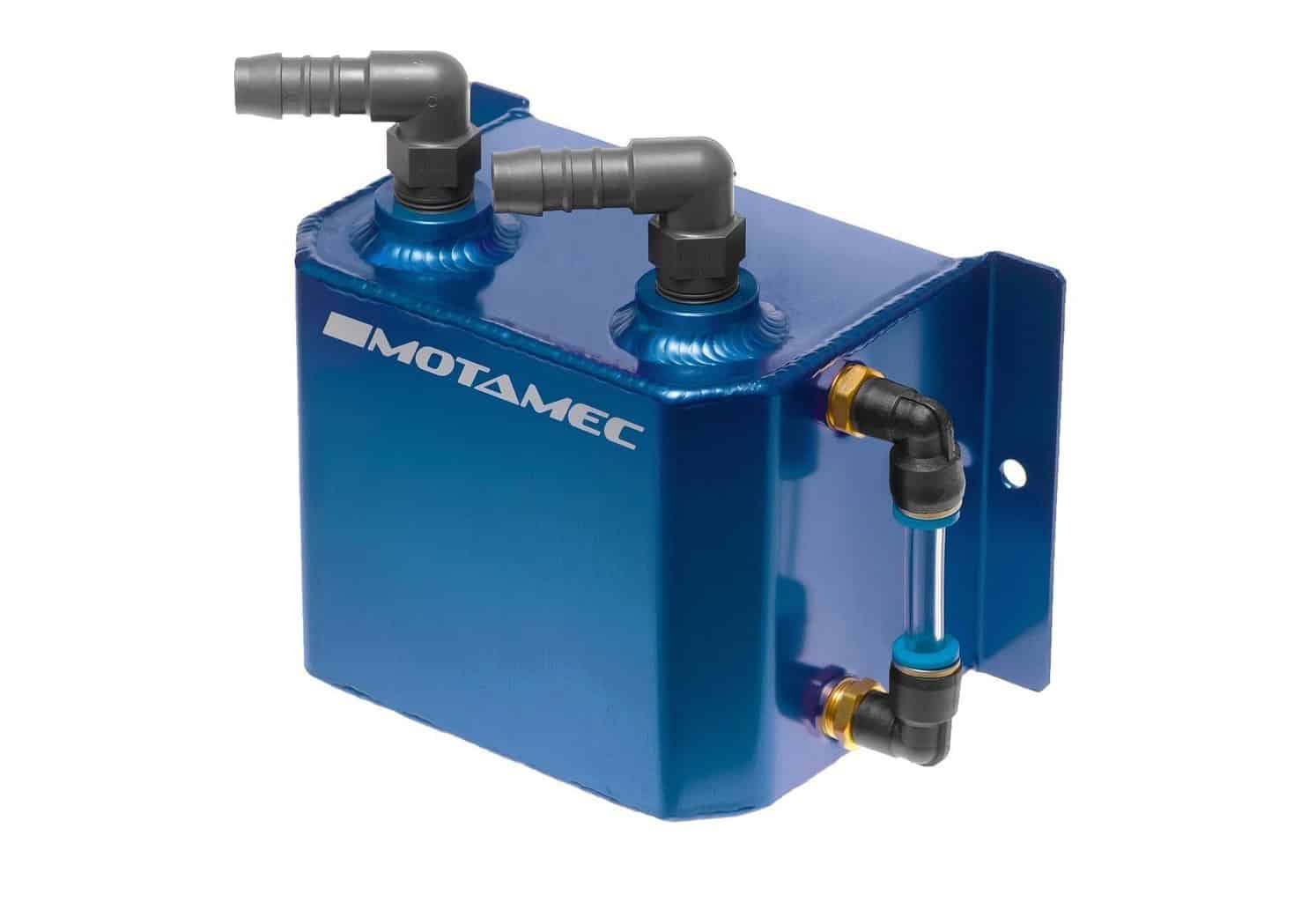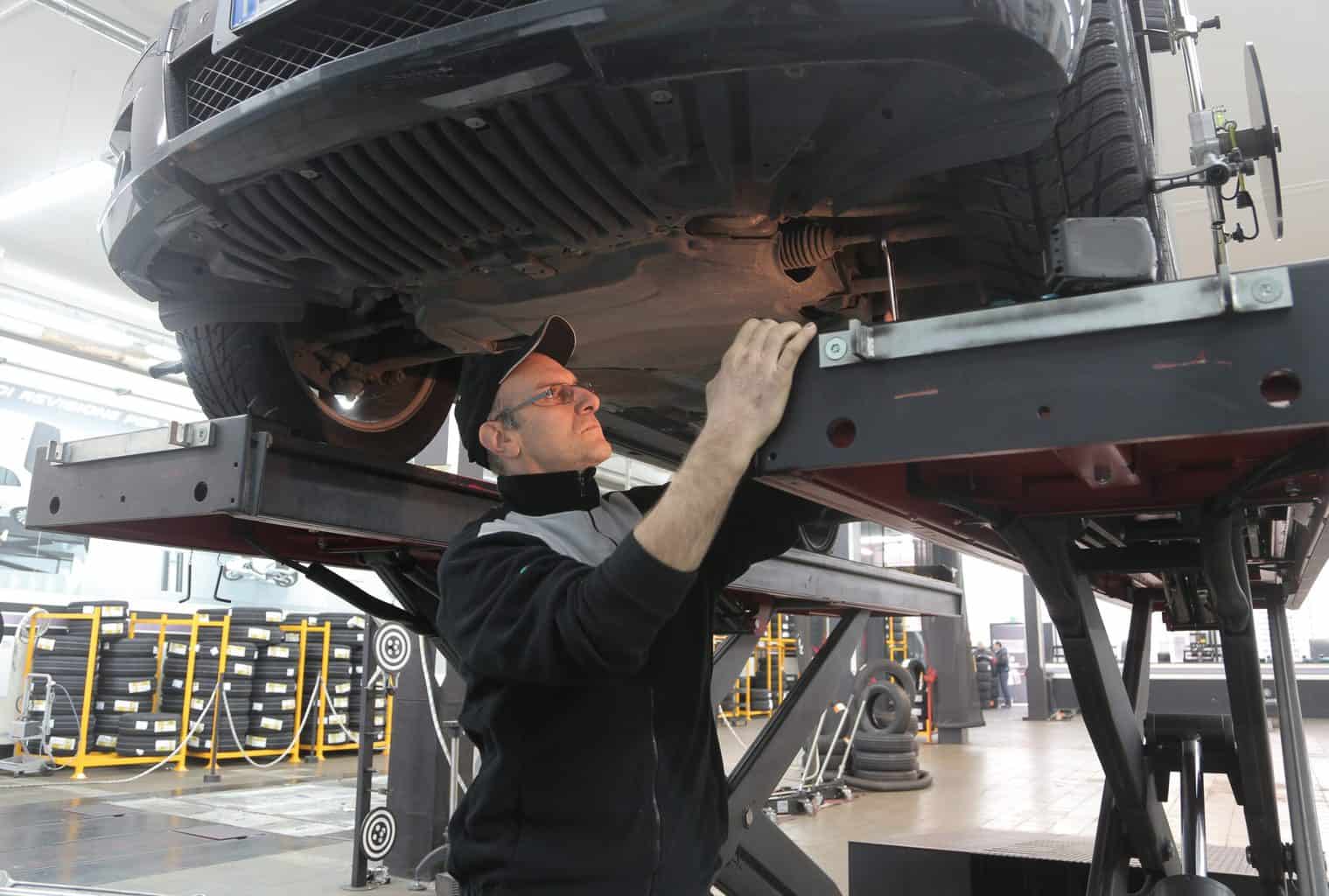Tired of your car’s poor fuel economy and cold starts?
Well, it might just be the best time to install an Oil catch can!
Internal combustion engines, there is a lot of build-up pressure in the crankcase. As the pistons inside the engines go up and down continuously, they are pushing a lot of air in and out. There is also a blow by burning oil and gas pressure.
This pressure starts to increase in the crankcase. If that pressure is not released, it will blow the seals and do a lot of damage to the engines.
So this pressure has to be vented somehow. In older cars, there was a simple tube that was pointed downwards. This is the reason why you will see small puddles of oil on the roads. The gas that went through this tube came out of the crankcase and had oil on it.
By installing an oil catch can, you can prevent your beloved car’s engine from getting damaged!
In this article, we will take a look at the oil catch can benefits and the basic workings of this amazing device!
Let’s get started.
What Is an Oil Catch Can?
The oil catch can, also known as the oil catch tank is an aftermarket car part that is installed in your vehicle’s crankcase ventilation system. It is a device that is commonly found in a vehicle that is heavily modified. If you closely inspect the engine bay with the help of your hand tools, you will easily find an oil catch can.
The device serves a very important purpose. Let’s look at why you may want to install an oil catch can in your vehicle.

What Is the Role of an Oil Catch Can?
An oil catch tank is placed in an area between the engine’s crankcase and the PCV valve. Simply put, it is an extra filter that gathers surplus oil. The can must be drained and washed periodically.
The device is designed to cease the oil from traversing to the system. It divides the impure oil from your vehicle’s blow-by exhaust gases. The device will first take the air from the engine and run it through a hose and the can itself. After that, the air will be cleaned and sent back to the engine to be burned again.
So the oil is reused as it goes back to the intake where it is burned again. It is an important device that stops the contaminated oil from entering back to the system. This prevents the engine from getting jammed.
Carbon deposits in the engine valve can also cause cold start misfires, knocking, poor fuel economy, and even a reduction in power.
How an Oil Catch Tank Cleans the Air
The device will take the air, send it through a hose and hit the baffles inside the can itself. When the air hits those baffles, it will start to condense. This will cause the fuel, oil, and other contaminant vapors to separate.
It will then cause them to fall to the bottom of the can. The clean air will then make its way to the intake.
The device can be made at home by using old food containers, or even steel wool.
Vehicles That Need Oil Catch Cans
Not every vehicle needs to be fitted with the device. For instance, if your vehicle has a port fuel injection system. The port injector sprays the fuel out which goes over the intake valves and helps to keep them clean.
With engines that have a direct injection system, you don’t have that fuel cleaning the valves. So they are more likely to have deposits formed.

Below is a list of vehicles (or engines) we recommend using oil can for-
- Worn out, old engines.
- Engines that have been modified for better performance.
- High-compression modern diesel engines.
- Engine that regularly work hard, i.e. towing vehicles.
- Engines susceptible to turbocharger issues.
Common Oil Catch Can Benefits
If your car has a naturally aspirated engine that is turbocharged, then getting an oil catch can keep your engines in a good condition.
There are two major purposes for getting a catch can for your vehicle. They are:
1. Prevent Carbon Build Up
A buildup of carbon can cause problems in the direct injection engine. This will take the air as it is coming through to get burned back, clean out all the impurities from the air. This could potentially cause carbon build-up and send the air back.
Apart from the intake manifold, the device also prevents carbon residue from accumulating in the turbo, intercooler, and piping.
2. Performance On Race Application
Oil catch cans are often used to keep the cleanest air you can possibly get going back to the engine. A buildup of contaminants may cause less power to be produced.
With the device installed, there will be no clogging of injectors. This will improve the performance of your vehicle. It will also add a bit of style to your engine bay.

Final Thoughts
The bottom line is, oil catch can won’t add any cool noises that will make your vehicle feel like a race car. It certainly won’t add any engine power as well.
If further prevention to avoid having problems in rack and pinion is by not leaving any space that can cause this problem to occur, this device simply divides the oil from the air and gathers the contaminants in the can. It may sound simple, but it will ensure that your engine functions smoothly.. It will allow the maximum power possible by limiting or eliminating the impure oil completely.
Cars can easily function without this device. That’s why most car manufacturers don’t include them by default. An issue with not having this device is that you have to deal with the blow by effects through other means.
One of the ways is to open the manifold located in the engine and clean off the carbon residue. This is a time consuming task and is often difficult.
We hope that the oil catch can purposes mentioned in this article convinced you to purchase this device. With this, hopefully you can keep your vehicle’s engines running smoothly for years to come.
